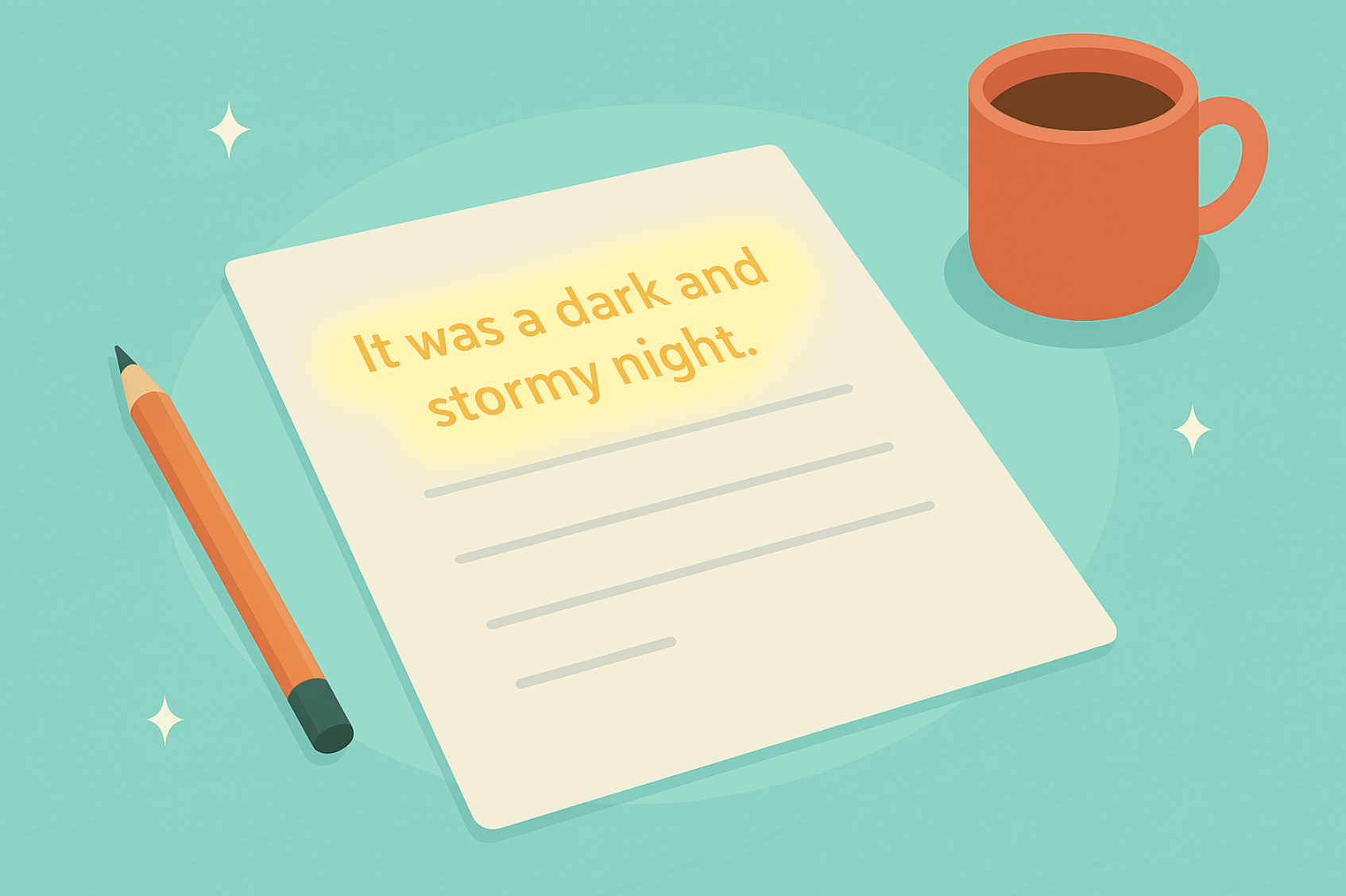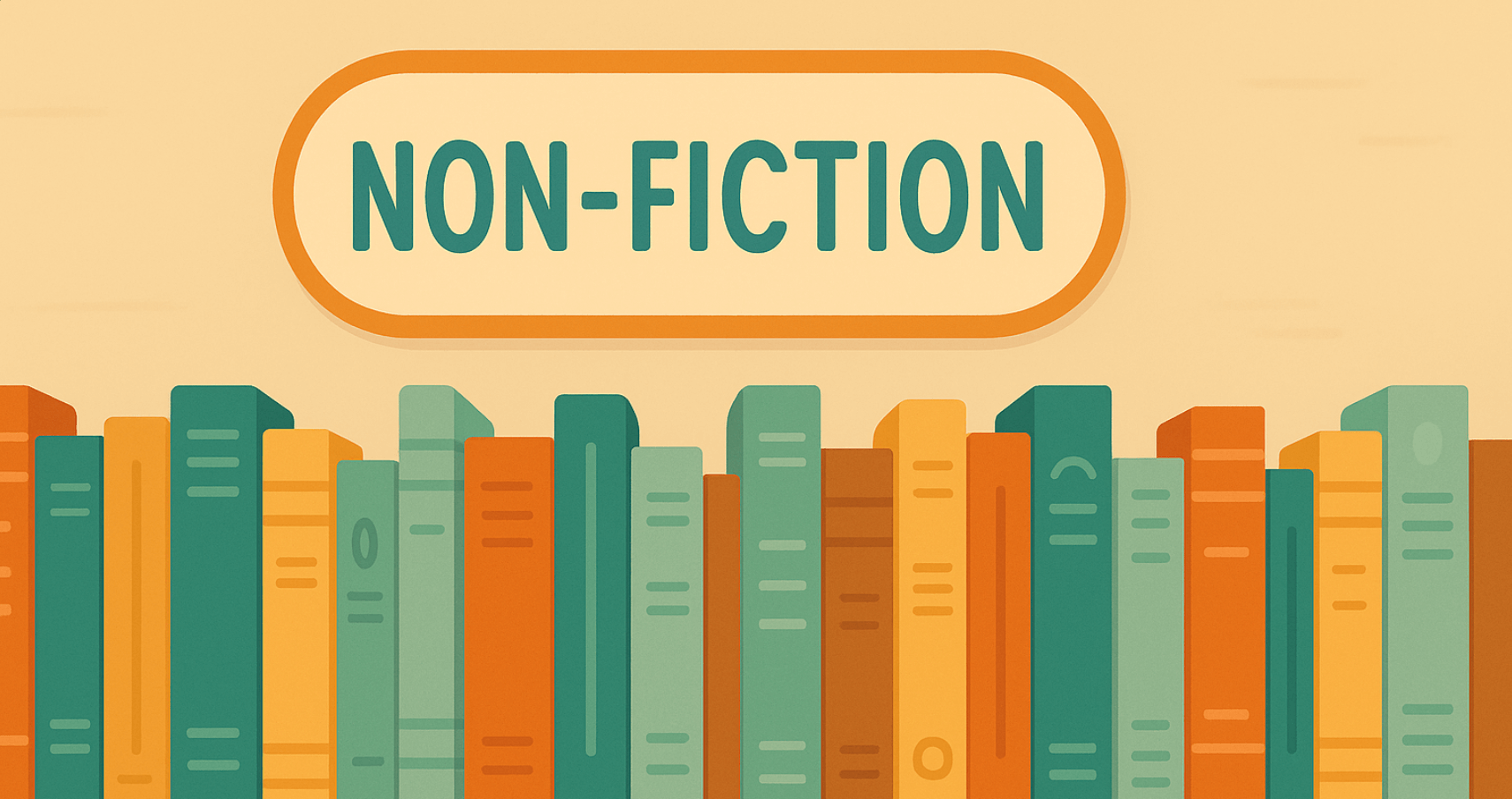Every great novel starts with a vague idea—or so they say. But if you want your moment, you’ll need more than wishful thinking. It’s detailed planning—those legendary notes on characters, plots, and subplots—that bring your novel to life.
Planning your book doesn’t mean smothering your creativity; it means giving it structure. Think of it as building a house: you wouldn’t slap together some bricks and hope for the best. The same logic applies to your novel. Whether you’re writing literary fiction, crafting the next great sci-fi epic, or diving into the tangled webs of a romance novel, planning provides the foundation to help your story flourish.
In this guide, we’ll explore the many tools and techniques that fiction writers—new and seasoned alike—can use to plan their novels. You’ll learn how to shape a vague idea into a solid foundation, create vivid characters, avoid plot holes, and maintain consistency. With humor, insight, and practical writing tips throughout, we’ll show you how to map out your writing journey so you can start writing with confidence. Because behind every good story is a great plan—and that plan starts now.
From Vague Idea to Solid Foundation: Finding Your Starting Point
Every award-winning novel, no matter how polished, once began as a scribbled thought, a sentence fragment, or even just a single “what if?” It’s in this nebulous phase that the magic begins—but only if you harness it. Turning an initial idea into a solid foundation for your own novel often requires more than daydreaming. It takes a deliberate effort to shape the chaos into something tangible.
Start by using tools to flesh out your thoughts. Free writing, for instance, lets you pour your ideas onto the page without overthinking—just let the words flow. Mind maps can help you visually explore connections between your story, characters, settings, and plot points. Alternatively, write a short paragraph summarizing your story idea. These exercises from other writers will help you identify patterns and build a stronger sense of direction.
Next, focus on your novel’s plot and genre. Are you crafting a high-stakes crime fiction story? Or perhaps a science fiction saga with mind-bending twists? Your genre will help guide your decisions about tone, character profile, pacing, and key plot elements.
The goal isn’t to outline the entire novel yet—it’s to create a solid foundation from your vague idea. Once you’ve captured the rough basic idea and essence of your story, the rest will begin to fall into place.
Building Blocks: Creating a Strong Sense of Structure
When it comes to writing a novel, there are two approaches that most writers take: embrace the elegant simplicity of the three-act structure, or dive headfirst into chaos and hope for the best. Spoiler alert: chaos rarely wins. The three-act structure has been a storytelling staple for centuries because most writers say it provides a clear roadmap, ensuring your story stays cohesive from start to finish.
In Act One, you establish the status quo and introduce your new characters. Think of this as setting the stage—where are we, who’s here, and what’s about to go terribly wrong? Act Two raises the stakes, sending your main character on a journey of conflict, growth, or discovery. Finally, Act Three ties everything together in a resolution that leaves your readers (hopefully) breathless.
Breaking your story into main plot points and key scenes is essential, especially if you’re writing in a genre like historical fiction, literary fiction, or sci-fi. For example, a historical novel might require intricate attention to period details in Act One, while a sci-fi story needs to establish its world’s rules.
To develop a clear understanding of your story before diving in, outline the major turning points in each act. What’s your protagonist’s goal? What obstacles will they face? Use these questions to sketch a basic roadmap.
Planning doesn’t stifle creativity—it frees you to focus on the emotional core of your story. With a rough idea and strong structure in place, you can begin the writing process with the confidence that your novel’s foundation is rock-solid.
Your Publishing Journey Awaits – Start NowAll the Characters, Big and Small
Every novel’s plot is only as strong as its cast. Your main character is the heart of the story, but the supporting roles—those minor characters and fresh faces who pop up as the plot develops—are just as crucial to creating a vivid, believable world. The secret? Strong character development and unwavering consistency.
Start writing by giving each character a unique perspective. No one wants a cookie-cutter protagonist or interchangeable sidekicks. Ask yourself: What are their goals, fears, quirks, and contradictions? What drives them? For example, is your main character a stubborn detective in a crime fiction tale or a dreamy stargazer in a sci-fi epic? Build a personality that feels real.
Consistency is key. If your character is a sarcastic cynic in chapter one, they shouldn’t suddenly become an optimist halfway through—unless you’ve shown the journey that brought them there. Maintain their voice and behavior across the whole story.
Try using character profiles to flesh out all the details. Writing prompts like these can help:
- “What would your main character do if faced with a plot twist involving star-crossed lovers?”
- “How would your minor character react to sudden wealth?”
- “What’s the one thing your antagonist would never compromise on?”
Great characters don’t just populate your novel—they drive the story forward. Whether it’s a brooding antihero character or a charming sidekick, let them surprise you (and your readers) as they navigate the twists and turns of your plot.
Mapping Out Your Writing Journey
Planning your novel chapter by chapter might sound like overkill, but it’s the secret weapon for transforming your first draft into a coherent, engaging story. Think of it as plotting your journey before a road trip. Sure, you can wing it—but having a map ensures you’ll hit all the key landmarks without getting lost in the weeds.
Start by outlining the major beats of your story: the inciting incident, key scenes, plot twists, and resolution. Then, break these into individual chapters. Each chapter should have its own mini-arc—a goal, a conflict, and a resolution (or cliffhanger) to keep new writers and readers hooked. As you plan the next chapter, ask yourself: What’s the purpose of this chapter? How does it move the story forward?
Writing prompts can be lifesavers when you’re stuck. For example:
- “What’s the most unexpected obstacle your protagonist could face in this chapter?”
- “What secret is revealed, and how does it change the stakes?”
As you plan a novel, think about pacing and variety. Not every chapter needs to be action-packed, but each one should serve a purpose. For example, quieter chapters can deepen character development or build tension for what’s to come. Consider how authors like Agatha Christie masterfully used calm moments to set up shocking twists in her crime novels or how Brandon Sanderson alternates between action and introspection to balance his epic fantasies.
A solid chapter plan isn’t a rigid blueprint—it’s a flexible guide that helps you maintain momentum while writing. With each chapter mapped out, you’ll always know where your story is heading, one step at a time.
Your Publishing Journey Awaits – Start NowGenre-Specific Tips for Fiction Writers
Every genre has its own flavor, and tailoring your planning process to fit your particular genre is key to creating a story that resonates with your readers. Whether you’re writing a swoon-worthy romance, a pulse-pounding crime thriller, or a mind-bending sci-fi adventure, understanding the unique demands of your genre will help you plot effectively.
Romance
For romance novels, focus on emotional arcs. Who are your star-crossed lovers? What’s keeping them apart? Map out key moments of tension and resolution, like the “meet-cute” or the inevitable misunderstanding, and plan a novel, while ensuring the emotional stakes rise with each chapter.
Crime Fiction
In crime fiction, plot twists and red herrings reign supreme. Plan your clues carefully, ensuring they build to a satisfying reveal. Ask yourself: How will the detective—or amateur sleuth—unravel the mystery? What false leads keep readers guessing?
Science Fiction
Science fiction requires a balance between world-building and storytelling. Decide how much “science” your story needs, and weave it naturally into the plot. Are you exploring futuristic technology, alien worlds, or dystopian societies? Plan how these elements affect your characters and drive the narrative.
Above all, remain flexible. Stories and short stories will often evolve in unexpected ways as you write. Use your genre-specific plan as a guide, but don’t be afraid to adjust when a brilliant new idea strikes. After all, the best stories surprise even their authors.
When to Stop Planning and Start Writing
At some point in a writing career, every writer faces the question: “When is enough planning… enough?” The answer? When your plan feels like a solid launchpad, it’s time to leap. While planning is crucial for creating a strong foundation, it can quickly become a crutch, delaying the real work—actually writing your new novel itself.
The key is balance. Use your chapter outline, character profiles, and plot points as a guide, not a rulebook. Don’t worry if you haven’t worked out every minor detail. The magic of writing often happens when you’re deep in the creative flow, discovering unexpected twists or new layers to your characters.
When transitioning from planning to writing, give yourself permission to write a messy first draft. The goal isn’t perfection; it’s progress. Remember: Your first draft isn’t meant to be award-winning—it’s meant to exist. Focus on putting words on the page, even if some scenes feel clunky or underdeveloped.
If you’re stuck, return to your pre-writing materials for inspiration. Ask yourself: How does this scene advance the plot? How is the main character growing or reacting?
Ultimately, no amount of planning will replace the act of writing. Take the plunge, trust your preparation, and embrace the journey. Your first draft is the start of something great—it just needs to come into being.
Your Publishing Journey Awaits – Start NowMoments When Many Writers Lose The Plot
Even the best-laid plans can lead to dead ends if you’re not careful. Over-planning is one of the biggest culprits, where endless outlining leaves little room for spontaneity. On the flip side, getting stuck on minor characters or obsessing over irrelevant details can derail your progress. Another common issue? Failing to maintain consistency leaves your characters or plot feeling disjointed.
The solution is simple: keep your focus on the main plot points. Revisit your chapter plan regularly to ensure your story stays on track. If you catch yourself spiraling into over-planning, set a deadline to start writing. As for minor characters, give them enough detail to feel real but don’t let them steal the spotlight from your protagonist.
Remember, your plan is a guide, not a prison. Be flexible, and don’t fear revising as your story grows. The goal is forward momentum, but that doesn’t have to be the same direction you were moving a few paragraphs before—keep moving, whatever direction the story takes you, and the plot will follow.
Start Your Writing Journey Today
The hardest part of writing a novel is often just starting. But now, armed with a solid plan and a clear sense of direction, you’re ready to take the leap and begin writing. Remember, planning doesn’t stifle your creativity—it enhances it, giving your great ideas all the structure they need to thrive. Whether you’re crafting vivid characters, mapping out plot twists, or exploring a fascinating new world, your story begins to take shape the moment you start writing.
So don’t wait for the perfect moment or a burst of inspiration. Start writing today. Write the first sentence, the first paragraph, and the first page. Let your story develop, evolve, and surprise you a few pages along the way.
Whether you’re dreaming of self-publishing your debut or writing the next award-winning novel, it all starts here—with an idea, a plan, a vision, and the courage to begin.
Ready to take your creative writing process to the next level? Let Spines help you organize your ideas, streamline your planning process, and turn your story into reality. Start your writing journey with Spines today!








